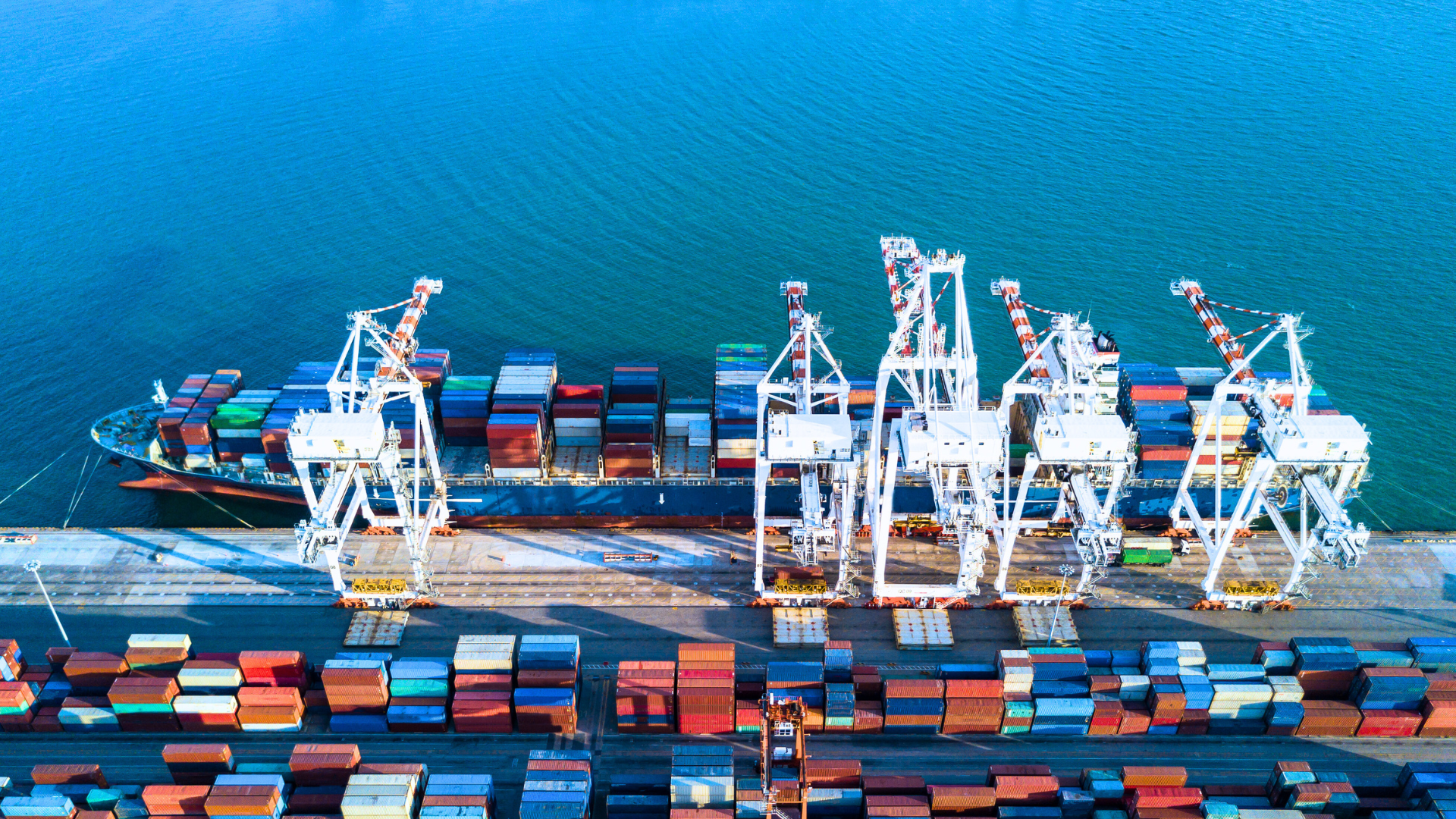On October 1, 2023, the Carbon Border Adjustment Mechanism (CBAM) came into effect as a cornerstone of the European Union’s ‘Fit for 55’ initiative. At FDR, we delve into the complexities of CBAM to illuminate its purpose, implementation, and implications for the maritime industry.
The context of CBAM
CBAM emerges against the backdrop of the Emission Trade System (EU-ETS), where the reduction of carbon emissions is incentivized through emission rights. The threat of carbon leakage prompts the introduction of CBAM, aiming to level the playing field for goods produced within and outside the EU.
Insights into CBAM
Covering goods like iron, steel, and electricity, CBAM goods face a carbon dioxide levy upon import to ensure a fair carbon pricing system. This mechanism prevents carbon-intensive production from shifting to regions with lax emission regulations.
Transition period dynamics
From the CBAM’s initiation until December 31, 2025, a transition phase unfolds, gradually reducing the allocation of free EU-ETS emission rights. This preparatory period urges businesses to align their strategies with impending changes.
Practical CBAM implementation
During the transition, importers adhere to reporting obligations, submitting quarterly reports on CBAM goods quantities and corresponding emissions. Post-2025, importers register with CBAM authorities to become ‘CBAM declarants’, allowing them to purchase and issue CBAM certificates.
Carbon dioxide levy calculation
CBAM certificates align with EU-ETS prices, determined by weekly auctions. The number of certificates needed correlates directly with the emissions of the imported CBAM goods.
Declaration and compliance
CBAM declarants face mandatory annual reporting, or declaration. Timely and accurate submission is critical to avoid fines equivalent to those for excessive emissions, emphasizing the gravity of adherence.
Supervision and enforcement dynamics
Customs authorities oversee CBAM goods import, ensuring compliance. The European Commission evaluates CBAM declarations, aligning with a predefined strategy, while CBAM authorities, like the Netherlands Enterprise Agency (NEa), execute functions mandated by CBAM regulations.
Conclusion:
Navigating CBAM demands foresight, adaptability, and commitment. As businesses prepare to navigate these uncharted waters, FDR offers insights and expertise to ensure a wise and prosperous voyage in this new regulatory landscape.
If you have any questions regarding the entrance of the CBAM, please do not hesitate to get in touch with us.




